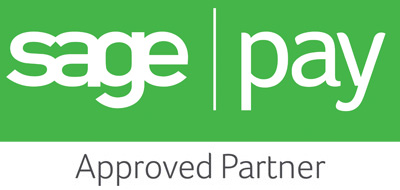Moving Real-World Events Online for Better Marketing Outcomes
The delineation between the real and virtual worlds is increasingly blurred.Thanks to technology you can be in two places at the same time by Skyping into a meeting or event, use virtual and augmented reality software to bring the world to you and stay in constant contact with your office, even when you're on the move.The fusion of the real and virtual worlds is good news for marketing, however, as it means people can connect with your real world event even if they're not physically present at it.
Prior to your real world event you will be marketing to get people to attend.It's important to have people physically present as it looks great in photos and videos if there are a lot of people there, and sites like Meetup and Eventsi are good places to list events of any type.If it is more of a regional event, use local news outlets, local social media and also local print media to get attention.
Hopefully, you will be registering attendees, or at least making a list of people who have signalled their intent to come (if it is a more informal event where registration isn't necessary), so check this list regularly and if you spot a big name, get in touch and ask whether they would be willing to spread the word about your event. Depending on the nature of it, you could offer them a guest speaking slot or a chance to demonstrate something as an incentive to get them promoting your event to their network.
During the event it's vital to be present online and in person.This is a tricky balancing act, so ensure you take yourself physically away from people when tweeting or posting on other social media, and then be fully present with your real life guests – getting this wrong means alienating the very people you want to connect with, or potentially annoying your online audience with bland links and posts about your event. A good guideline is 70% of your time physically, 30% of your time online.
Within that 30% of your time online there should also be time to organise photos, videos and live streaming, as although this is what you'll physically be doing at the event, it's actually all for the online audience and for future marketing efforts.You may find this balance tips a little, but remain vigilant and try to ensure people who have made the effort to come in person are rewarded and acknowledged.
It's a good idea to post a few images and videos of the event, during set up, when things are in full swing, and again at the end.Creating this narrative adds interest to those following along online, and although they might dip in and out, they'll keep dipping in if there is some kind of story to follow, or something to look forward to.A series of disjointed posts won't keep them interested for long, so using a hashtag to bring some consistency and visibility to your posts is a good idea.
After the event take some time to look over and curate the content generated during the day.Look at who attended the event virtually (meaning anyone who engaged online, retweeted, used your hashtag or made some other effort to be involved) and reach out to them to thank them.You can build great relationships this way as it shows you noticed them and you care, and that you're not simply after leads and orders.It's also important to connect with the people who did attend in person, and you can do this by engaging with them online as well. An email thanking your attendees can link to a blog post or social media post rounding up the day's events and perhaps an introductory offer or discount for those who attended.
When you use the internet to promote events and provide content from them, you allow people to connect with your brand in person and online.The great benefit about having a lot of online engagement with events is that the outcomes are far easier to track than if all the engagement was conducted largely offline.It will also allow you to see whether physical attendees or virtual ones are more likely to become customers and that information can give a great insight into how to manage your events in the future.
Online technologies are fantastic for businesses, and when combined with real time, real world marketing events you can see much greater success than when the two channels are kept separate.
